3D Pixel / Voxel
I first got in contact with Voxel (volumetric pixel) or Pixelgraphic in 2008 by a briefing, for telling “the story of the pixel”. In early 2009 I did some scenes which are shown down below.
HISTORY:
The origin of Voxelart is´nt clearly defined. On the one Hand there is the technical Background. Like its straight grid is used by some game engine´s (most of them use high resulotion and doesn´t intend the voxels to be seen) or for medical approach (tomographic). On the other Hand there is the artistic background like Pixelart, which is often traced back to Mosaic or Cross-stitch.
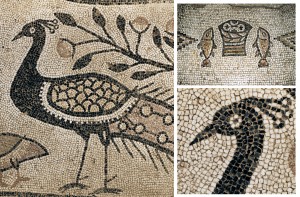 Mosaic-art is the earliest examples for something, that is related to pixelart it´s roots are about 2500-3000 b.C. Mosaics consists of small pieces of stone, glass or other material that are composed to an overall picture. These pieces are often not arranged in a clear pattern but rather follow the form of the represented object. (I haven´t found examples of Mosaics in a straight grid even though I read that there are some modern Mocaics which are constructed by robots).
Mosaic-art is the earliest examples for something, that is related to pixelart it´s roots are about 2500-3000 b.C. Mosaics consists of small pieces of stone, glass or other material that are composed to an overall picture. These pieces are often not arranged in a clear pattern but rather follow the form of the represented object. (I haven´t found examples of Mosaics in a straight grid even though I read that there are some modern Mocaics which are constructed by robots).
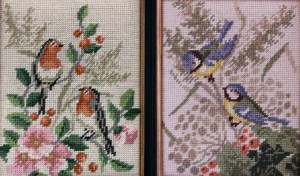 Cross-stitch is a second technique that is related to Pixelart. Cross-stitch was the amusement of rich ladies in the mediaeval times. Here the pieces or stitches are ordered to a straight grid (as it is given by the structure of the cloth). But didn´t look that rectangular like Mosaic.
Cross-stitch is a second technique that is related to Pixelart. Cross-stitch was the amusement of rich ladies in the mediaeval times. Here the pieces or stitches are ordered to a straight grid (as it is given by the structure of the cloth). But didn´t look that rectangular like Mosaic.
In 1982 with Superpaint (the first Painting program for the pc – you may test it here: http://www.rgshoup.com/prof/SuperPaint/SPlives.html ) the term Pixelart emerged.
Nowadays Pixelart comply itself by giving itself limitations to keep the Look. Like there is only setting of individual pixels, reduced colors and no anti aliasing. The most famous group of Pixelartists nowadays are EBOY: hello.eboy.com/eboy/ .
Another artistical Background of Voxelart maybe Brick-art. These are not on an exact uniform grid. Because the Bricks vary in size. But they have a very similiar approach.
HOW TO MAKE:
For creating Voxels on a Computer I figured out 2 Main techniques
1.) Fill Up a Volume:
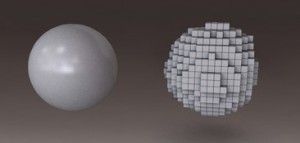 You create a 3D Object and then Fill its Volume (or much more memory saving: only its surface) with Voxels. The Pros are, that you can also build a Rig for your 3D Object, make some fluid simulations or something similar. You can convert every 3D Phanomenon into Voxels. Flowing forms like Waves or something similiar look most interesting in this technique.
You create a 3D Object and then Fill its Volume (or much more memory saving: only its surface) with Voxels. The Pros are, that you can also build a Rig for your 3D Object, make some fluid simulations or something similar. You can convert every 3D Phanomenon into Voxels. Flowing forms like Waves or something similiar look most interesting in this technique.
Pixel Lizzard from Tobias Wüstefeld on Vimeo.
2.) Layermethod:
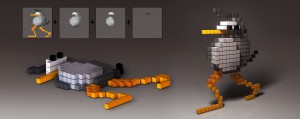 Here you paint every Layer of the Voxel Object in a paint program with alpha layer. This Layer you then convert into the Voxel.
Here you paint every Layer of the Voxel Object in a paint program with alpha layer. This Layer you then convert into the Voxel.
Here you can use a 2D animation (most suitable low res) to convert it into voxels.
Pixel bird from Tobias Wüstefeld on Vimeo.
2D WAYS TO CREATE
If you create a twodimensional object, that works in an orthogonal perspective (no distortion to vanishing point) you may piece together a whole motive.
ANALOG:
These are some raw tests for analog creation of voxels with wooden cubes or with sugarcubes:
FORMS OF PRESENTATION:
A01 – A05 are examples for different resolutions of Voxels may appear
B01 – B04 are examples for different edges.
C03 big gaps between the Voxels. This may create some nice moiré effects
C04 Spheres instead of Boxes
C05 Random Voxelsize
D01 Different Materials on accordant positions of the car
CONCLUSION:
Every approach of direction or curve in the form of an Object is disturbed by the direction or form of its own tiles.Through the straight grid you you always have some coherence and straight rythm in your compositions (in smaller resolutions it is more found to the similar materialistic approach). There is a consequent structure between the Elements eventhough they are never overlapping or flow through each other, every object can be docked at least on a few points exactly to an other.
Furthermore there are possibilitys to drive this Topic further. Like: How could a Voxelmotionblur look (maybe trails of shrinking voxels?) or How may a Antialiasing with Voxels look?
LINKS:
Videos with Voxeloptic:
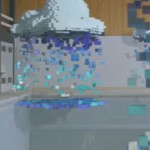 Titel: “Motionographers Inaugral F5 Festival”
Titel: “Motionographers Inaugral F5 Festival”
Author: Ubik
Year: 2009
Titel: “The White Stripes – Fell in Love with a Girl”
Author: Michel Gondry
Year: 2002
Here is also a making of
![]() Titel: Pixels
Titel: Pixels
Author: Patrick Jean
Year: 2010
There is also an Interview on motionographer.com
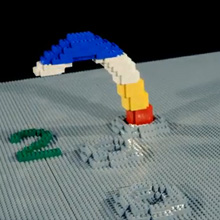 Title: “Rymdreglage – 8 bit trip”
Title: “Rymdreglage – 8 bit trip”
Author: Rymdreglage?
Year: 2009
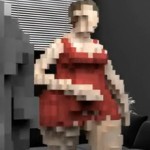 Title: “Bad Sushi Incident”
Title: “Bad Sushi Incident”
Author: Tim Wesoly
Year: 2009
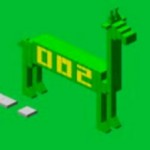 Title: “Lego Cycle”
Title: “Lego Cycle”
Author: Patrick Lindsay
Year: 2007
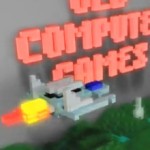 Titel: “Pixel Spaceship”
Titel: “Pixel Spaceship”
Author: Andras Piroska
Year: 2009
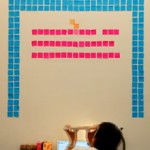 Title: “Deadline”
Title: “Deadline”
Author: Bang-yao Liu
Year: 2009
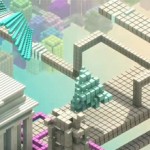 Titel: “MTV Ema 2009 Opener”
Titel: “MTV Ema 2009 Opener”
Author: Parasol Island / Kay Tennemann
Year: 2009
Kay Tennemann aka Mostyle also has an intersting blog for cinema: mostyle.tv
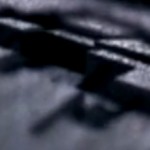 Title: Saturn Pixel Ad
Title: Saturn Pixel Ad
Author: 1stAveMachine
Year: 2009
Not realy voxels, but similiar mood
Programms:
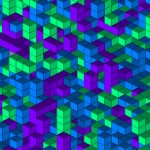 Drop Voxels and Paint directly online
Drop Voxels and Paint directly online
Analog:
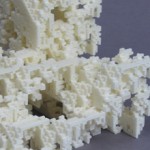 Breed: Computer generated and 3D printed sculptures
Breed: Computer generated and 3D printed sculptures
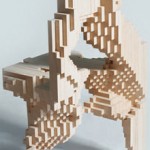 EZCT: Architectures doing for example a voxelchair
EZCT: Architectures doing for example a voxelchair
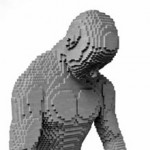 Amazing Legoart of Nathan Sawaya
Amazing Legoart of Nathan Sawaya
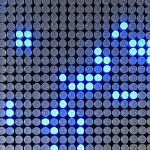 Daniel Kränz project about alternative displays
Daniel Kränz project about alternative displays
Tutorials:
 Nice Article and program for Voxels in Flash
Nice Article and program for Voxels in Flash
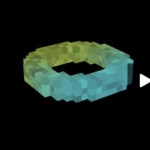 Tutorial from Robert Leger for Cinema4d
Tutorial from Robert Leger for Cinema4d

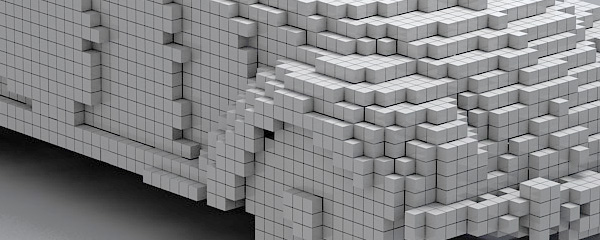

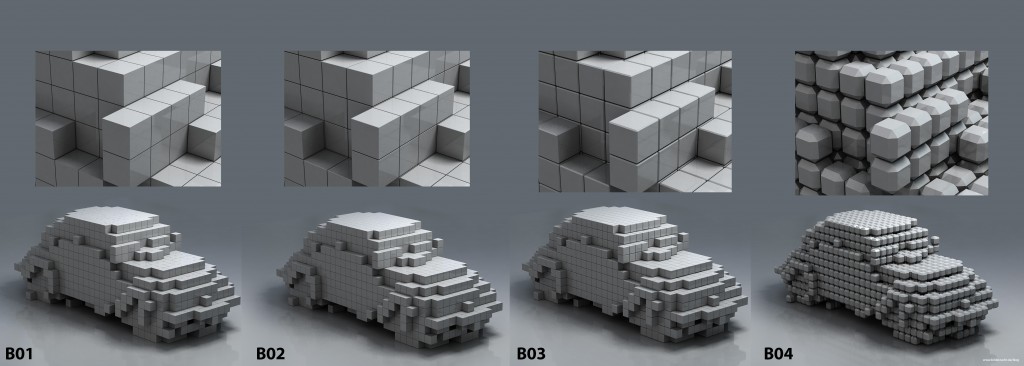

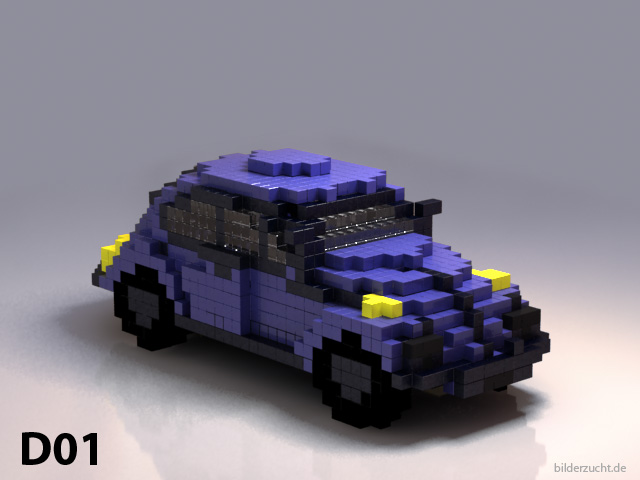
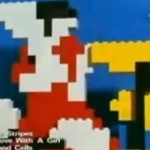
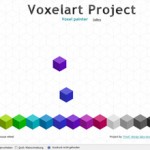
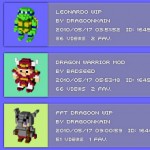
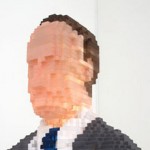
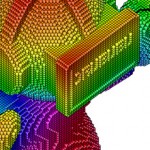
Nice article. Here’s an addition:
http://www.sevensheaven.nl/images/illustraties/pixel-illustraties/